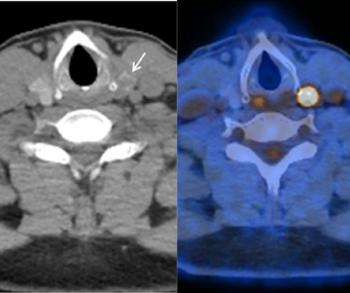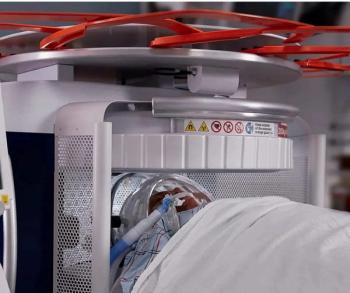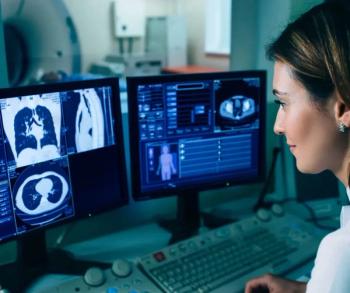
Low Breast Density, Poor Breast Cancer Prognosis
Patients with breast cancer and very low mammographic breast density have a poorer prognosis.
Very low mammographic breast density is associated with higher tumor grade and predicted worse survival, according to a study published in the journal
Researchers from Finland examined the prognostic value of mammographic breast density (MBD) and any relationship with established prognostic factors in patients with invasive breast cancer.
The study included 270 women with breast cancer. The researchers classified MBD according to percentile density: <5%, 5%–10%, 10%–25%, 25%–50%, 50%–75%, and >75%. The cases were also categorized into very low density (VLD; <10%), low density (LOD; <25%) and mixed density (MID; >25%).
The researchers found that MBD was inversely associated with tumor grade. Patients with LOD breasts had worse prognoses compared to those with MID breasts.
The strongest significance was seen among patients with VLD breasts compared to the remaining patients. No other mammographic feature was prognostically significant.
"It is difficult to detect small tumors when screening dense breasts, and this results in a higher occurrence of clinically detectable interval cancers,” Professor Ritva Vanninen, said in a release. “In the U.S., it is nowadays mandatory to let patients know if they have dense breast tissue. This allows them to choose whether they wish to have further tests, for example a screening ultrasound."
Newsletter
Stay at the forefront of radiology with the Diagnostic Imaging newsletter, delivering the latest news, clinical insights, and imaging advancements for today’s radiologists.




























